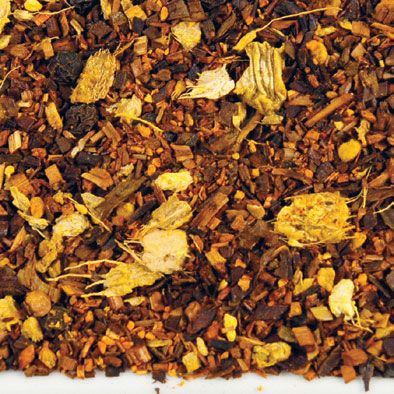Our Turmeric Cider Spice Org Herbal Blend has been popular for years, and nowadays when we all need our immune systems at peak performance, it is more important than ever to include daily health tonics like turmeric in our diets. Wellness Wellness is not an absence of illness, but an abundance of vitality. In these […]
Month: November 2020
Selling Home-Roasted Coffee: 7 Things to Consider

Home roasting coffee can be a gratifying experience for any coffee lover. You can learn more about the process by reading our Ultimate Guide to Home Coffee Roasting. It undoubtedly takes time and patience to perfect your technique. But flavorful cups of coffee will be your compensation for all your hard work. Once you’ve perfected […]
Read More… from Selling Home-Roasted Coffee: 7 Things to Consider

